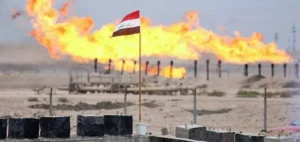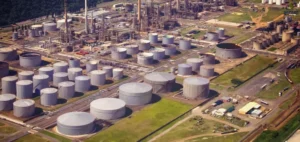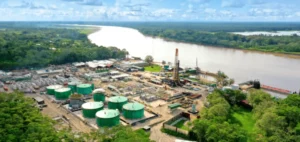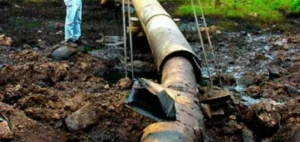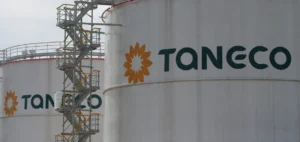India, the world’s third-largest oil importer , is facing an ever-increasing demand for energy.
Despite growing demand, domestic hydrocarbon production is stagnating. The country now relies on imports to meet almost 85% of its oil needs.
This situation exposes the Indian economy to international price fluctuations and geopolitical tensions.
The Indian government has therefore taken steps to encourage increased local production.
ONGC, the country’s leading oil exploration and production company, is exploring technical partnerships to improve extraction efficiency at major sites such as Mumbai High.
The aim is to increase domestic production to reduce dependence on imports and ensure greater economic stability.
BP’s strategy in India
Against this backdrop, BP, a major player in the energy sector, sees India as a strategic opportunity.
Its partnership with Reliance Industries, one of India’s largest conglomerates, already covers several segments of the energy sector, including gas production and fuel distribution.
Together, BP and Reliance operate some 1,900 service stations across the country, a figure set to rise in the years ahead.
In addition to distribution, BP is also active in offshore gas exploration and production in India.
With Reliance, the company operates a block in the Krishna-Godavari basin, off the country’s east coast, known for its large hydrocarbon reserves.
BP is looking to strengthen its position by bidding for additional exploration blocks, notably alongside ONGC.
Partnerships and technical collaborations
BP is teaming up with local players such as ONGC to develop joint exploration and production projects.
This technological cooperation enables India to benefit from BP’s international expertise, particularly in the exploitation of deepwater resources.
The Mumbai High project, located off the west coast, is a concrete example of this collaboration.
ONGC hopes that this partnership will boost production from this key offshore area.
By joining forces with BP, ONGC aims to modernize its infrastructure and optimize its production capacities.
The partnership is based on a synergy of expertise, where BP’s experience in operating offshore fields is combined with ONGC’s local knowledge of Indian reserves.
The aim of this collaboration is to meet growing domestic demand while limiting dependence on imports.
Challenges and opportunities for India’s energy sector
India’s dependence on energy imports, combined with ever-increasing demand, represents a major challenge for the country.
In 2023, natural gas consumption rose by 8% to almost 64 billion cubic meters.
The Indian government aims to increase the share of gas in its energy mix to 15% by 2030, up from around 6% at present.
To achieve this goal, an increase in domestic production is crucial.
However, domestic crude oil production has been declining for several years.
In 2023, production fell by 5%, reaching its lowest level in three decades.
This trend requires the government to find rapid solutions to reverse the situation, hence the growing interest in collaborating with international companies such as BP.
Outlook for BP and the Indian energy sector
BP, with its local partners, is positioning itself as a key player in meeting these challenges.
BP Chairman Helge Lund emphasizes the company’s commitment to supporting India’s energy growth.
This growth must, however, meet cost and security imperatives, in particular to ensure a steady supply at an affordable price.
BP’s association with Reliance, which covers both hydrocarbon production and fuel distribution, offers a model of integrated partnership.
In addition, the collaboration with ONGC represents a new phase of international cooperation in the Indian energy sector, with significant potential benefits for oil and gas production.
By strengthening its presence in India, BP is not only responding to the growing demand for energy, but also contributing to the modernization of the sector.
This strategy is part of a long-term vision to stabilize the country’s energy supply and secure its economic development.








